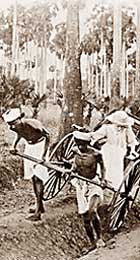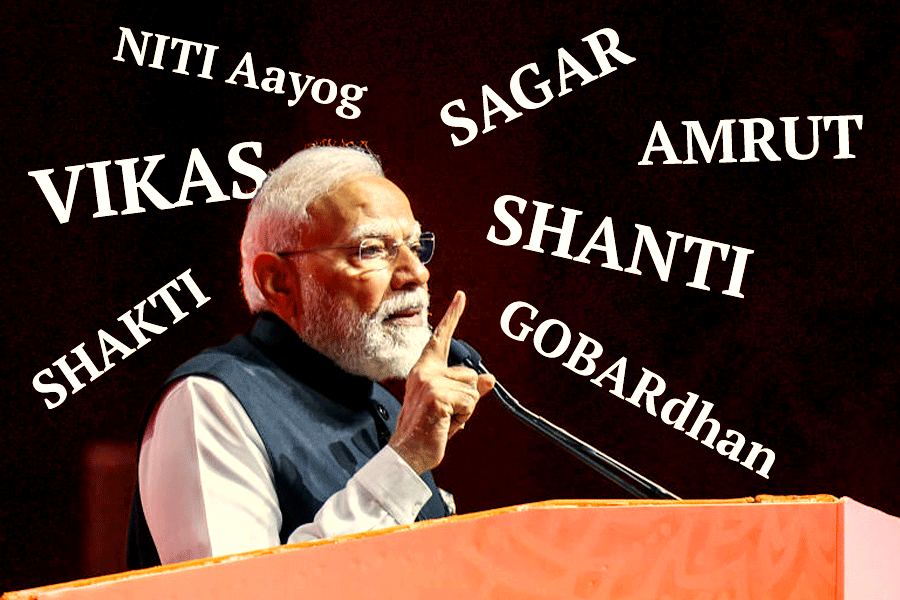|
|
GANDHI AS DISCIPLE AND MENTOR By Thomas Weber,
Cambridge,
Rs 295
The Australian academic and Gandhi scholar, Thomas Weber, believes that personal history can be represented by the image of a funnel. The funnel brings to a convergence the myriad influences on an individual, and blends them to form a personality. However, for people like Gandhi, who leave behind a legacy that shapes the choices of others, the funnel metaphor has to be extended to that of an hourglass — a set of two funnels inversely attached to each other. A large proportion of the influences that create the mentor proceeds to create the disciples.
Gandhi as Disciple and Mentor first ponders the nature and types of influence. The author then deals with Gandhi’s gradual growth into a historic personality. In doing so, he resists the temptation to overtly depend on psycho-analysis, since the application of Freudian tools to the dead, through their writings and the testimonies of others, often makes the reader incredulous. This book is a subjective interpretation of Gandhi’s spiritual quest, which told on his politics as well. Influence being a two-way traffic, it is impossible to understand the creation and sustenance of a phenomenon like Gandhi without grasping the dialectics of influence that determined his choices, and continue to determine choices that contemporary Gandhians make.
Weber does not study in detail the more obvious and much-discussed inspirations behind Gandhi’s politics. Likewise, he seeks to avoid the better-known disciples and inheritors. He contends that the voluminous literature on Gandhi has paid inadequate attention to the more personal, less publicly visible, psychological and intellectual development of the man. Thus, it is equally rewarding to study characters like Gandhi’s English-Jewish friend, Henry Polak, or his German-Jewish friend, Hermann Kallenbach. Attempts are made to see what exactly the Phoenix Settlement or Tolstoy Farm meant to Gandhi, or whether Maganlal Gandhi’s death, in 1928, decisively led to his abandonment of the Sabarmati Ashram in 1930.
At the same time, by viewing someone like Maganlal as an influence, Weber demonstrates how an acknowledged disciple can also mould the guru. Maganlal Gandhi could not have intellectually affected Gandhi as a Tolstoy, Raychand or Henry Polak could. However, Gandhi’s psychological attachment to Maganlal made the latter’s death a definite point of departure. In a sense, Maganlal, as Gandhi’s chief fellow-seeker, represented the soul of the ashram. Thus his death, even if it did not force Gandhi’s exit, at least made it easier.
The second half of the book summarizes Gandhi’s influence on Vinoba Bhave, J.P. Narayan, Martin Luther King Jr and others, and then assigns separate chapters to Arne Naess, the founder of ‘deep ecology’, Gene Sharp, the contemporary theorist of ‘pragmatic’ non-violence, E.F. Schumacher and Johan Galtung. These names bear witness to Gandhi’s continuing influence, diluted, dissipated and radically modified as it has been.
Weber does a good job of selecting strategic undercurrents from Gandhi’s life that, by altering his spiritual and psychological identity, perhaps altered pre-independence Indian politics too. The empirical evidence cited and the causality in Weber’s logic score well. But the book suffers from over-explanation. This thin volume could still have been half its length, with further trimming of the sub-sections on the big names Weber had set out to avoid.











